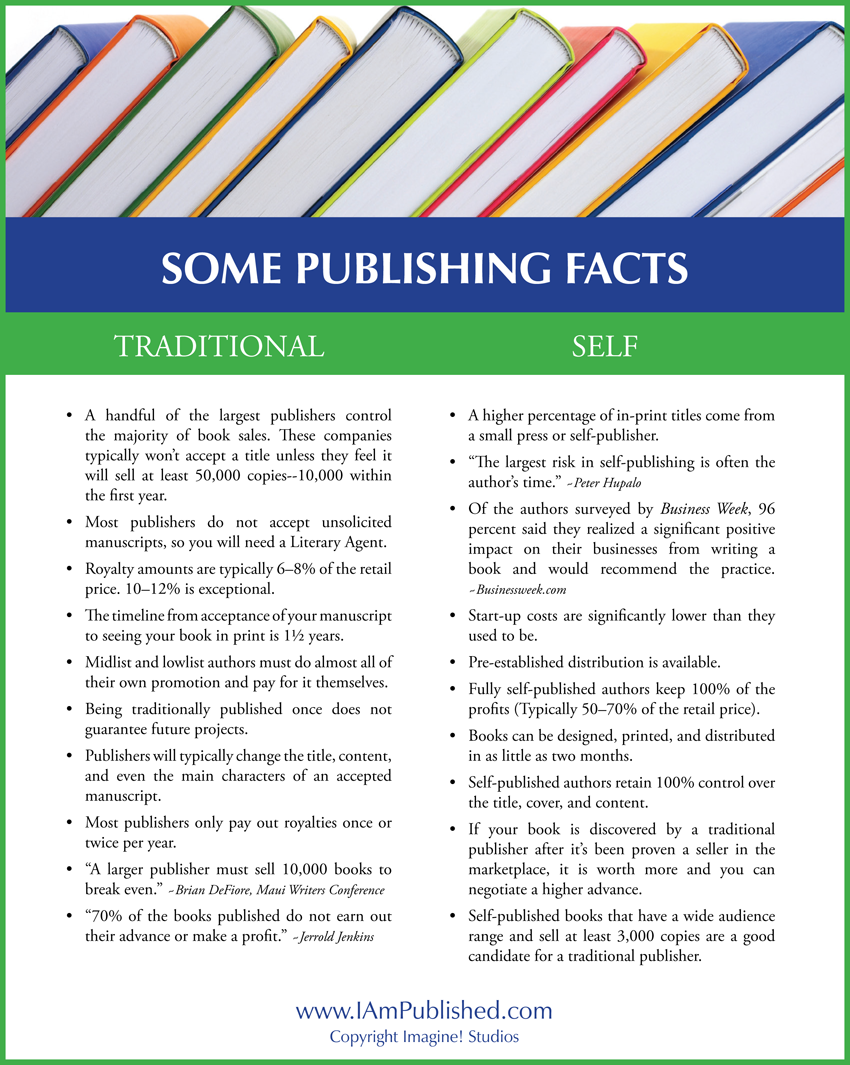As you’re contemplating how to publish your manuscript, you will find several schools of thought on the topic. If you are a first time author, it can be especially confusing to know the difference between traditional and self-publishing.
The information in this post will give you a concise comparison of these two methods and some of the facts you should know before you make your decision.
